Here's a breakdown of the equipment :
The Astrophotographers / Imagers
- Vixen ED103 Apo on EQ6
- Takahashi FSQ85 on Takahashi EM200 Temma 2
- Takahashi FS-60C on Losmandy G11
- Officina Stellare RH200 on Paramount PMX
- Vixen VSD100 on AP MACH1 Gto Eq Mount
The Observers / Visuals
- Celestron 8 SCT on Nexstar mount
- Vixen BT81S-A on Vixen HF2
- Borg 89ED on Half Hitch FTQ
- Zingaro 6 Portable Newt on Astroslew Mk1
Upon reaching the Mersing chalet site, we were greeted by blue skies , hot and sunny throughout most of the afternoon. Faint crepuscular rays were seen in the West as twilight closed in upon us.
1)Thumbs up!!

2) Equipment admiration during the setting up process.

3) Crepuscular Rays seen in the west on friday dusk.

As nightfall descended, the anticipation was building but suddenly something unexpected occurred. The wind coming from the East intensified and it kept blowing constantly non-stop. Stars were appearing but the visual scopes were all shaking in the strong wind. I had a prepared a list of interesting targets to observe before coming for this trip but the neverending wind brought on clouds which passed and cleared within minutes. Hence , I decided to ditch the list and go where the clear patches were present at any point of time.
Some notable targets observed over the 2 nights in no particular order :
NGC 7293 Helix Nebula, Planetary Nebula in Aquarius
Large and faint , this nebula stands out as being one of the largest in apparent angular size, almost as big as the Dumbell Nebula (M27) . Some structure can be seen with extended viewing but the passing clouds and its low position in the west this time of the year made it more challenging. UHC filter is recommended to render it visible.
NGC 2024 Flame Nebula, Emission Nebula in Orion
Alvin called me over on the first night to look at this through his Borg. Amazingly the sky transparency was very good at times and it looked (to me) like a hamburger with a dark lane as the beef patty. Sometimes placing the bright star Alnitak out of the eyepiece field of view helps in seeing this nebula easier. We had another go at it on the 2nd night, using it as a gauge of sky quality.
M78 Reflection Nebula in Orion
Appearing as two distinct faint patches, one large blob and one smaller blob. This often forgotten Messier Object sits to the left and downwards of Orion;s belt, worth a look if one has not seen it through an eyepiece. No filter required as it is a reflection nebula.
47 Tucanae , Globular Cluster in Tucana
I hunted down this object on the second night , its wasnt at the prime observing position in this month as much of its detail were drowned by the light pollution in the distance, it is better seen during the months of May to August when it is better placed.
Here are the rest of the objects we saw over the course of 2 nights:
M76 , NGC 869+884 (Perseus x2 Cluster), M1 Crab Nebula, NGC 253 + 288 (Sculptor/Silver Dollar galaxy and its line of sight globular cluster companion), M36, M38, M35, NGC 457 (ET cluster), M46 + NGC 2438, M47, M93, NGC 2392 (Eskimo Nebula) , NGC 2169 ("37" Cluster), NGC 3532, NGC 2298, NGC 2516 , Eta Carina Nebula, M33 Triangulum Galaxy, M67 Cobra Cluster.
Alas, my personal target that I was looking forward on attempting was too cloudy during the time it should be at its highest point : Vela Supernova Remnant, will try again in other trips this year.
Some other photos to share:
4) Clouds and Southern milky way, this 30sec single shot shows how clear the skies were in between patches of fast moving clouds. False Cross and NGC 2516 are on the right.

5) Orion and the faint Milky way cutting through Winter Triangle. Rosette neb can be faintly seen as one small pinkish patch

6) Zodiacal light in Scorpius

Once again, many thanks to Remus for organising the trip and to the people who went and all the funny jokes and chitchat during the passing clouds. Here's the group photo minus Dillion who left early.

One thing good about the constant blowing wind : No mosquito bites during the time we were outdoors
Regards
Junwei
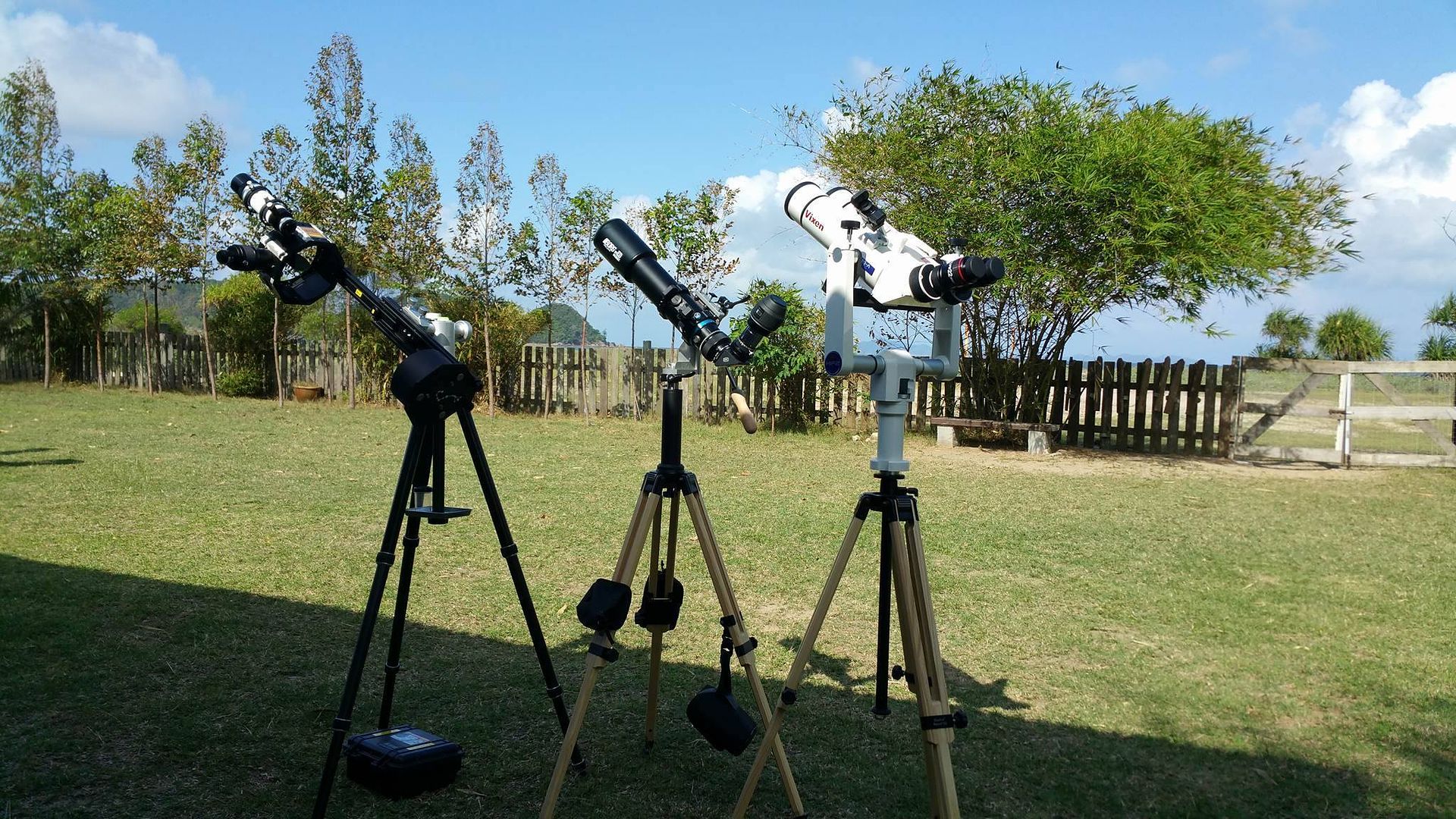
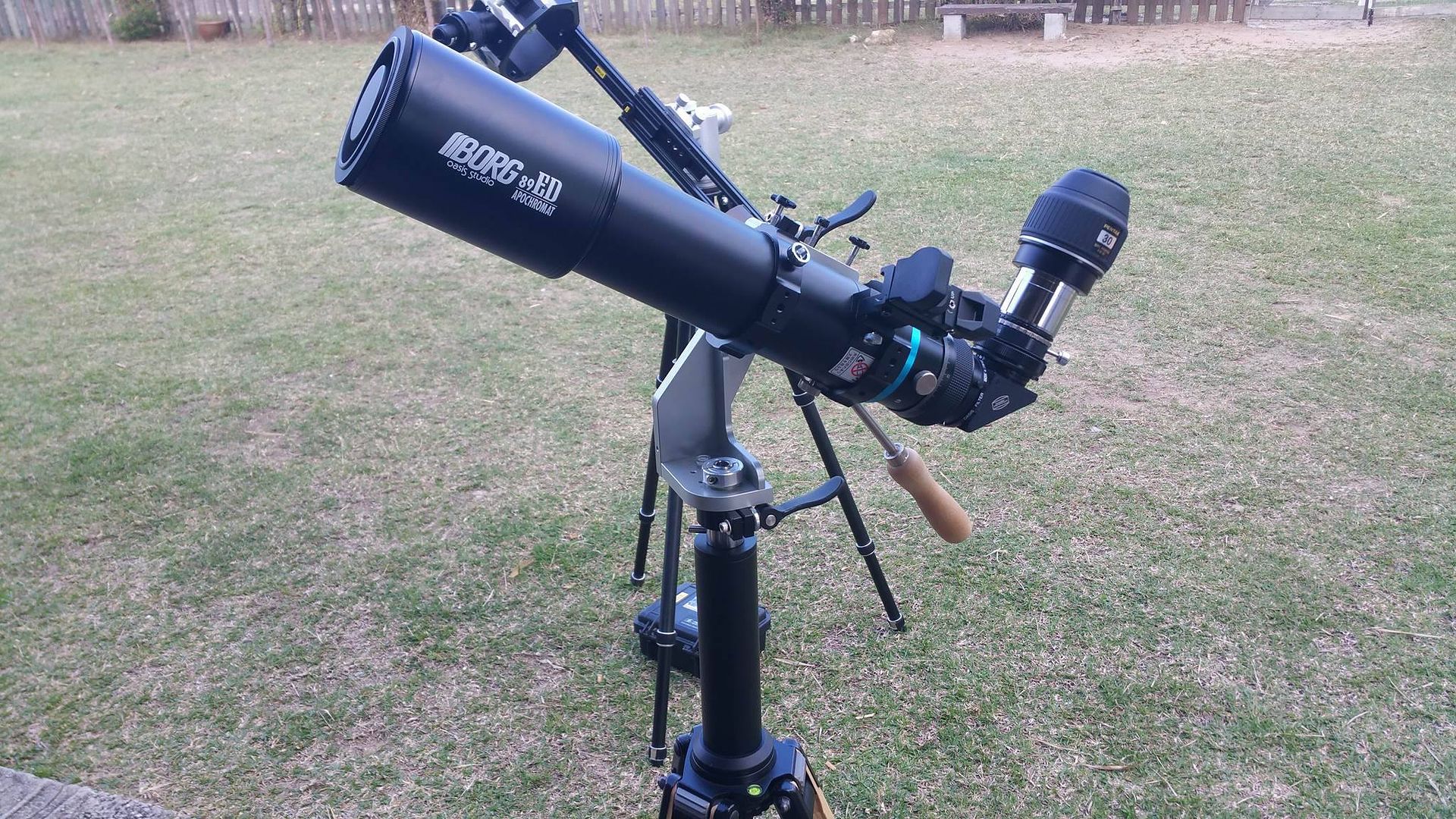
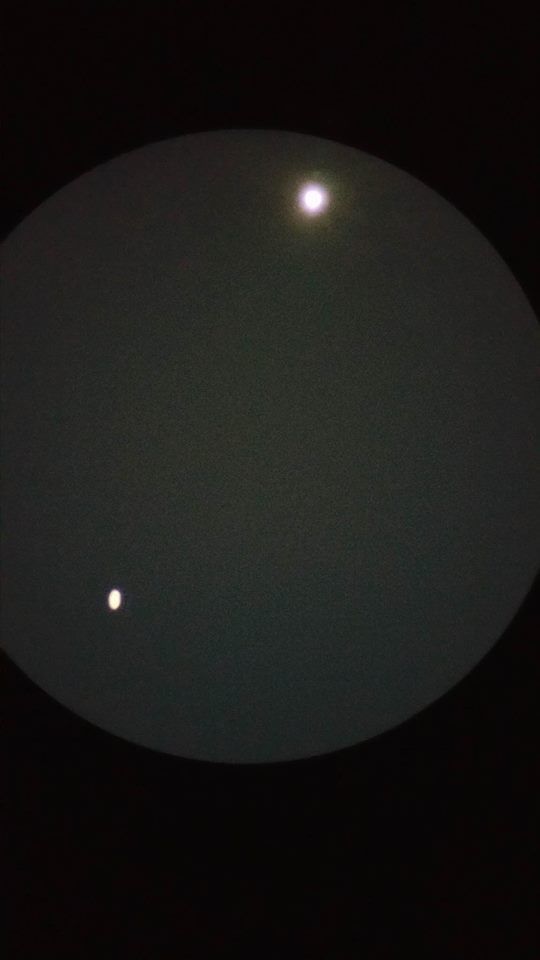


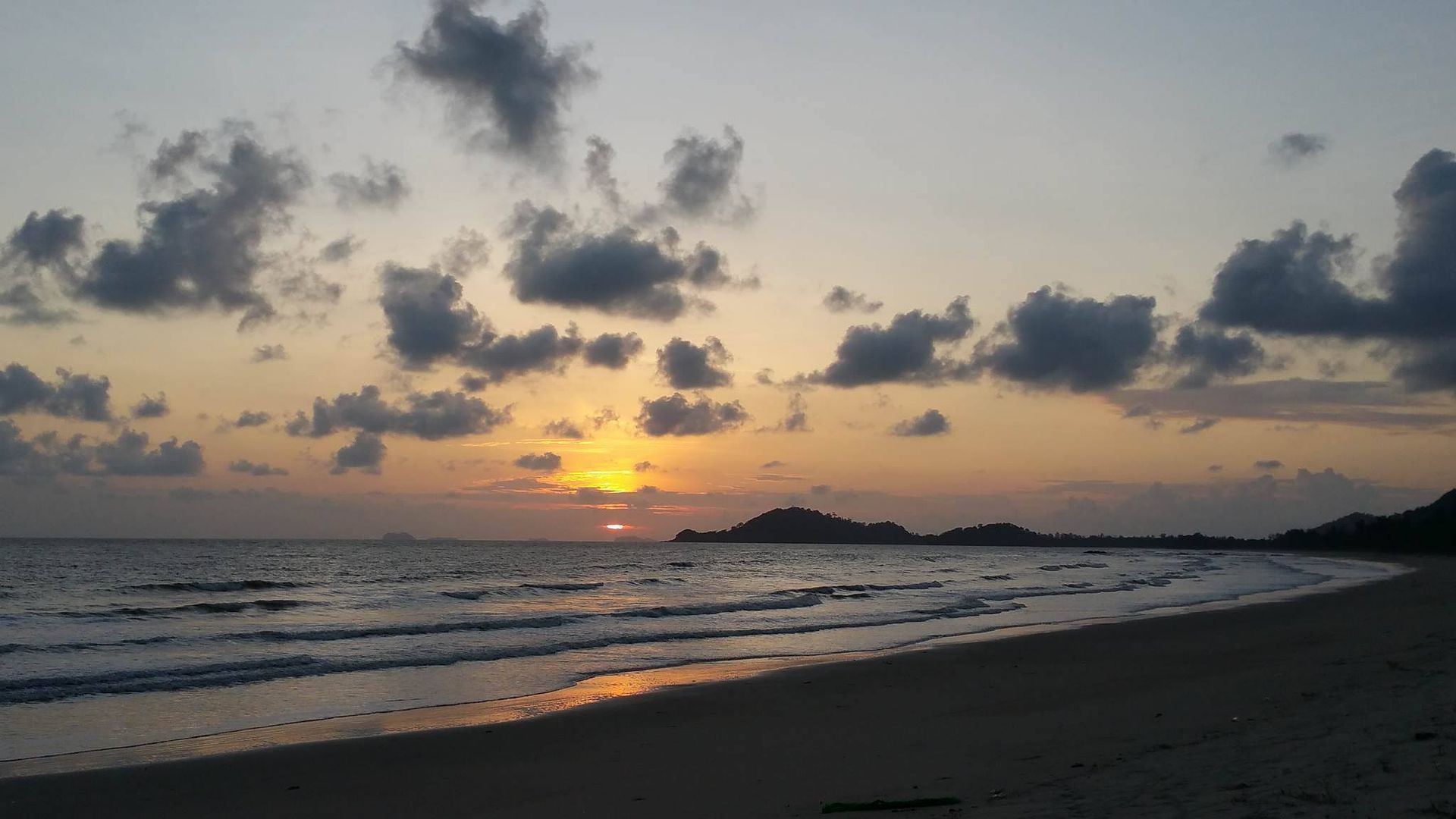
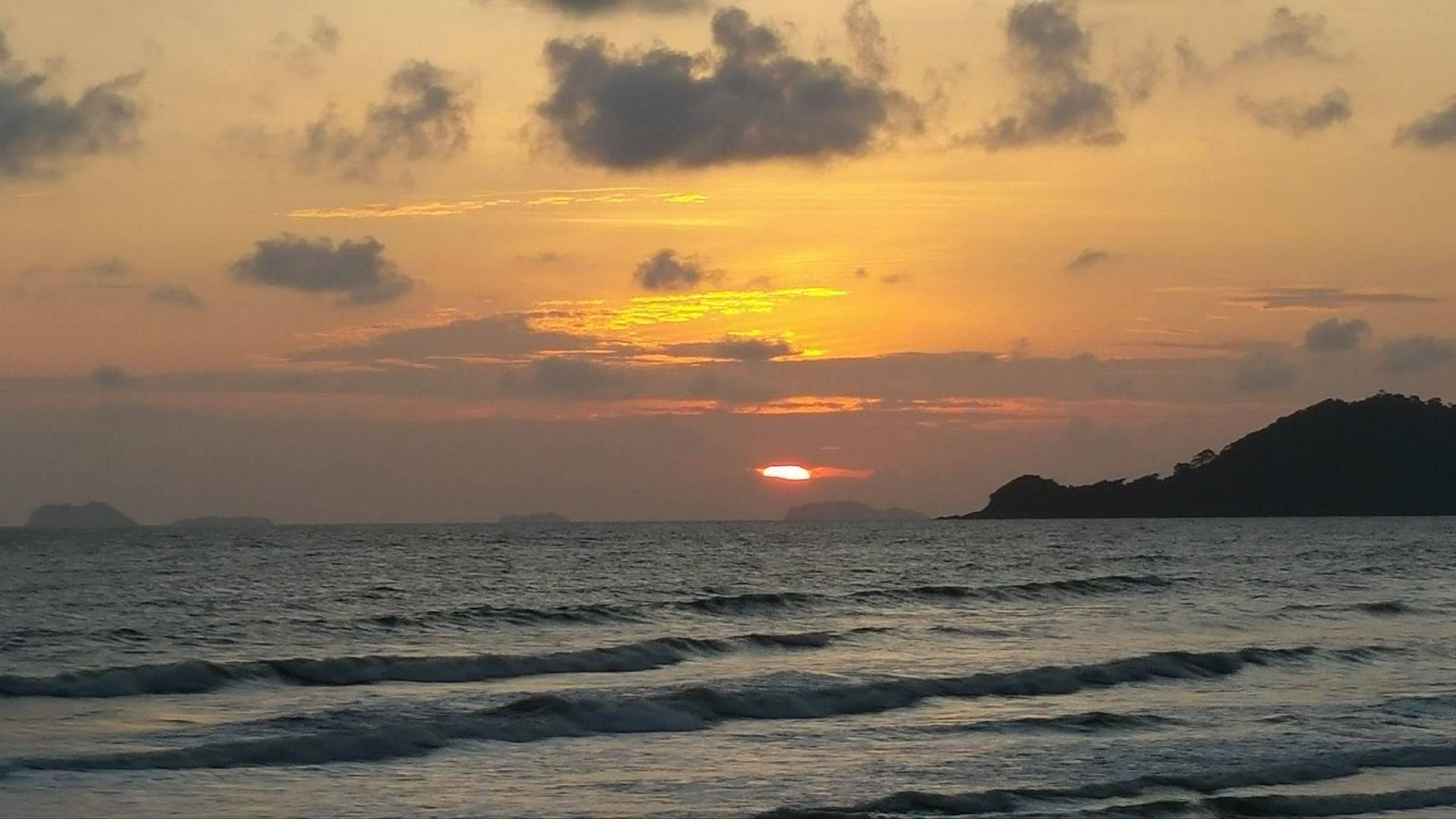
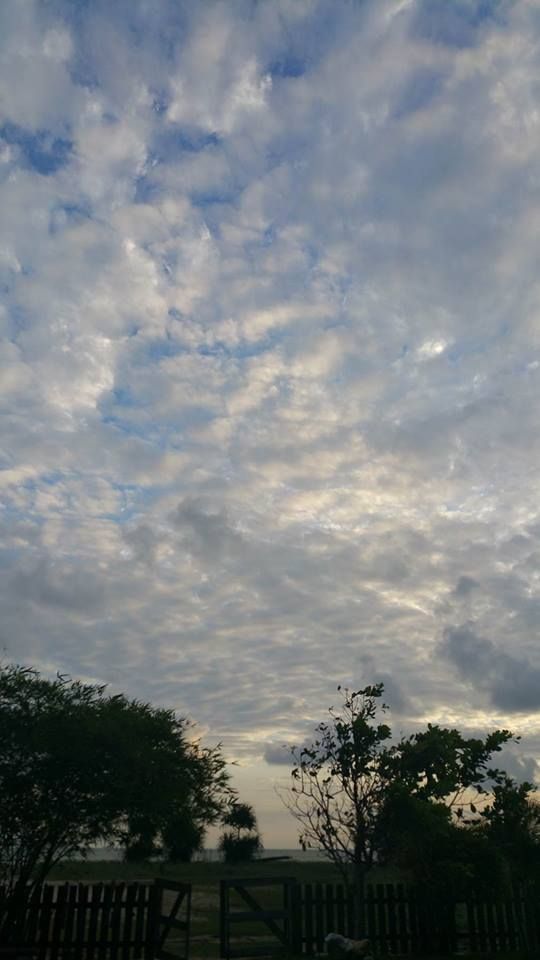
![happy [smilie=happy.gif]](./images/smilies/happy.gif) .
.